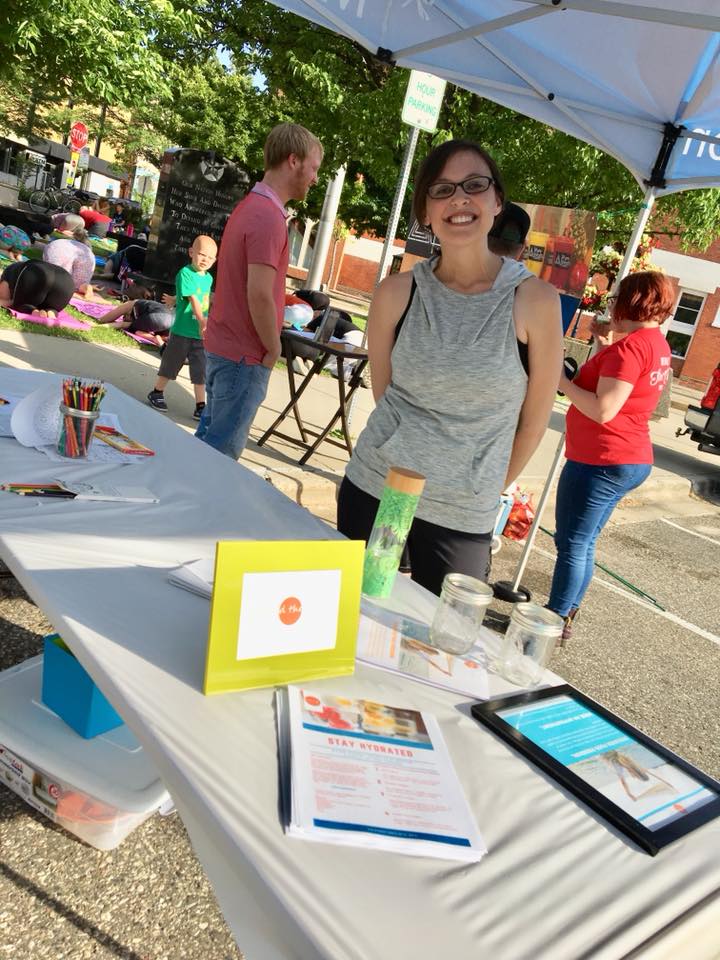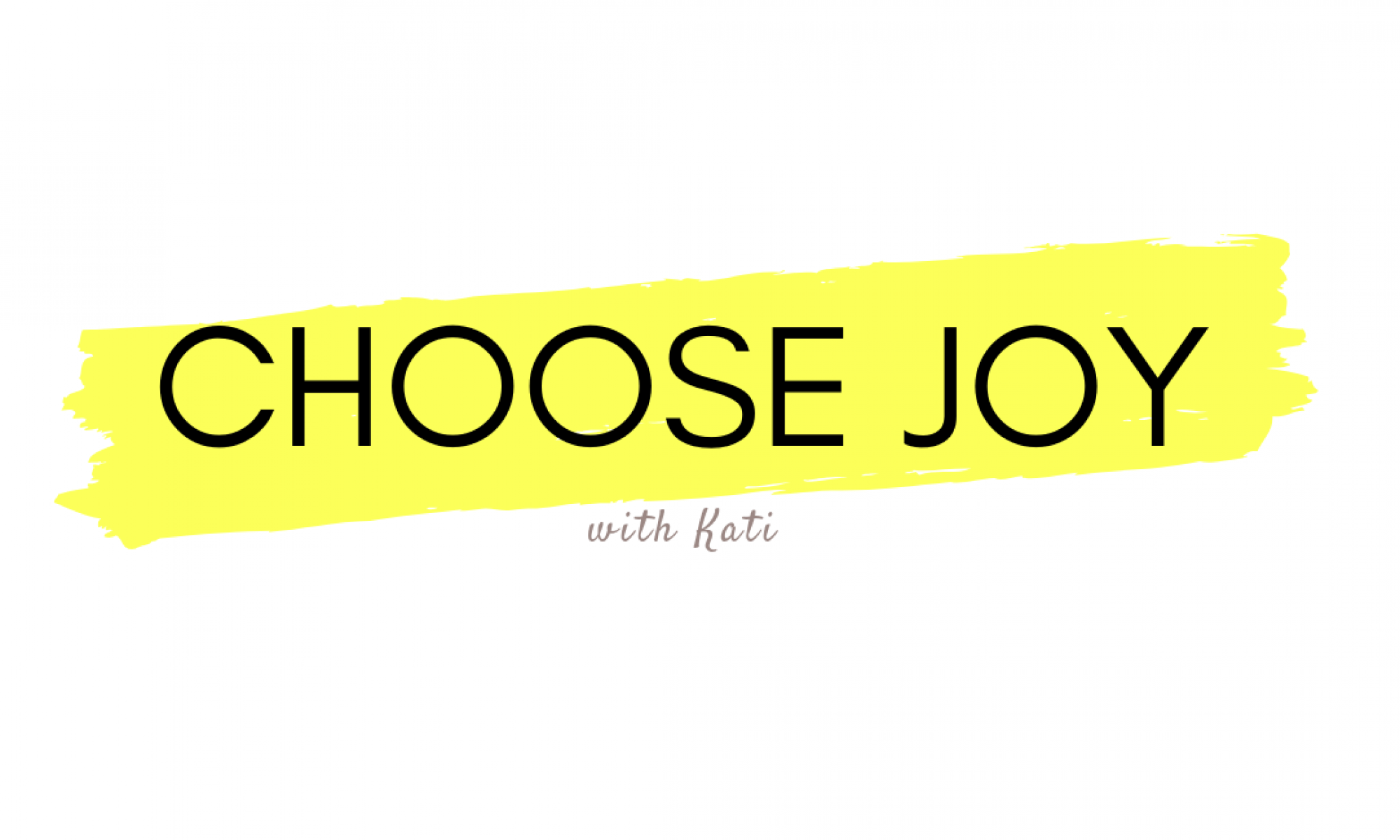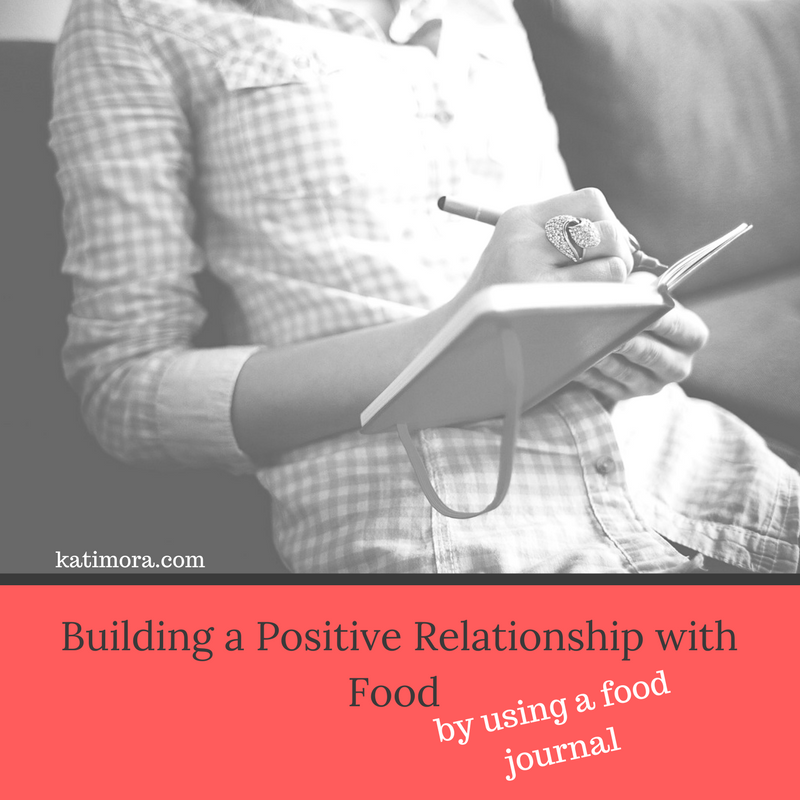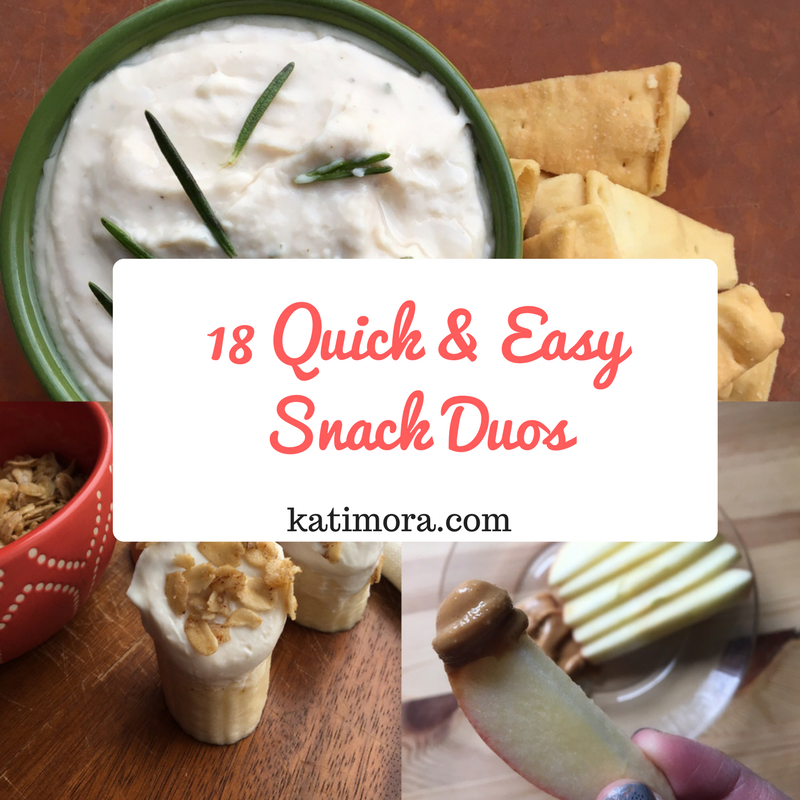Mt. Pleasant launched its first Thrilling Thursday event of the summer, bringing together a variety of individuals and organizations interested in supporting self-care.
For the past three years, our community has hosted Thrilling Thursdays, an event series in downtown Mt. Pleasant, that brings together a variety of businesses and resources to offer free opportunities and experiences to residents throughout the summer.
The first Thrilling Thursday event of the year took place last week and I was honored to participate, proudly representing Around the Plate and all the work our team is doing to support positive, non-diet living.

Participants enjoyed a free yoga session hosted by Redbloom Yoga and were able to hydrate afterwards with smoothies and juices thanks to GreenTree Cooperative Grocery and Pure Vitality, two local downtown businesses.
I was happy providing detail on what we do at Around the Plate, coloring with kids and providing information on hydration.
Hydration may seem like a relatively boring topic (water – amiright?), but despite how we sometimes view self-care, it doesn’t always have to be an exciting or extravagant. (PS – I LOVE this blog post on boring self-care by Nourished with Hannah )
Now of course, making sure your body has the water it needs to work properly can indeed be fun. Whether its adding a splash of your favorite juice to a glass of water, grabbing a smoothie, or enjoying a refreshing slush, there are lots of options to stay well-hydrated in away that you enjoy.
Related: Fun Ways to Add Flavor to Your Water
PS – I’ve yet to find a beverage that doesn’t hydrate in some way. Sure, beverages (like foods) may vary in what they offer overall, but bottom line, if its a liquid, its going to contribute to your overall hydration in some capacity. And being liquid isn’t even necessarily a requirement – in fact, the foods we eat can also contribute, yet also vary in just how much water each might provide. Peanut butter for example? Low water content. Yogurt? Surpringly high water content.
Isn’t food fascinating? I’m looking forward to a few additional community-related events this year that my team and I will get to participate in. Hopefully, through these events will continue to inspire all people to make the most of each eating – or drinking! – experience they have.




